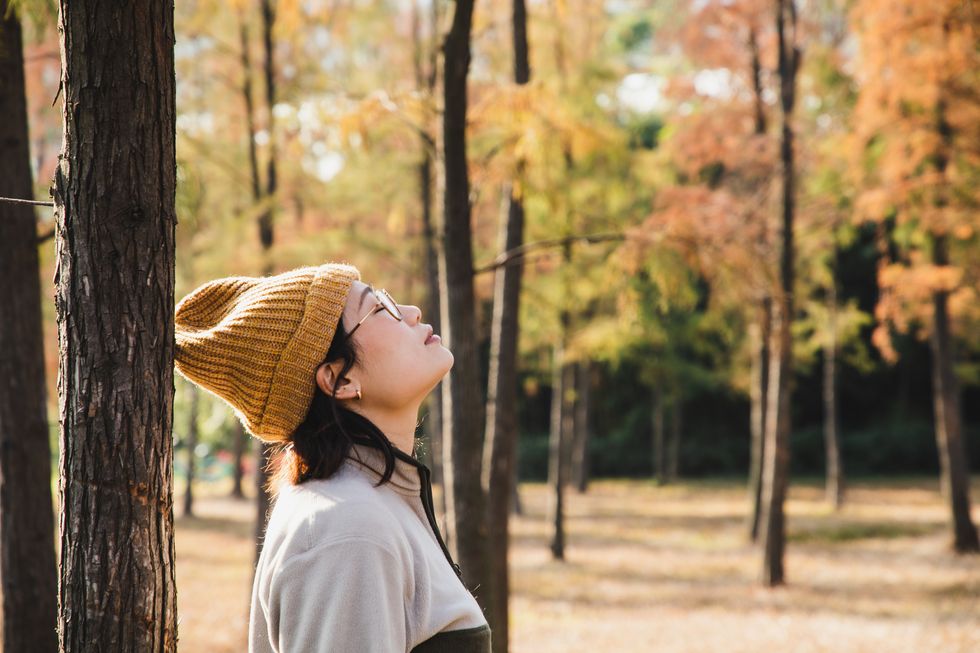While you can’t necessarily eliminate the laundry list of stressors going on in the world right now, you can implement strategies to help manage your own emotions to decrease your anxiety. And there’s something you already do all day, every day, that is an excellent tool to tap into: your breath. Yep, breathing exercises for anxiety have gone mainstream during the COVID-19 pandemic, and as many people have found after trying them out, these stress-busting techniques can really come in handy whenever you’re feeling overwhelmed.
ICYMI, anxiety is pretty normal. It’s the most common mental illness in the United States, and it impacts nearly 40 million adults in the country each year, per the Anxiety & Depression Association of America. (That’s just over 18 percent of the population!)
So, how exactly does breathing help? Turns out how you breathe can affect your heart rate, blood pressure, and nervous system, all of which play a role in your body’s anxiety and stress levels, explains Rachel L. Goldman, PhD, a clinical psychologist in private practice who is also a clinical assistant professor of psychiatry at the NYU Grossman School of Medicine.
For example, shallow breathing typically involves drawing just a bit of air into your lungs, and taking shorter and faster breaths through your mouth (think: using only your upper chest to breathe). Engaging in this type of breathing can typically cause stress, panic, anxiety, tension, and pain, as it signals to your body that it’s in its “flight” response, Goldman explains.
Deep breathing, on the other hand, usually draws air deep into your lungs through your nose, and uses your chest to bring air into your diaphragm. The result? You’re able to get more oxygen into your brain and reduce your blood pressure and heart rate. Plus, it signals to your body that you can relax, that you’re safe, which is what makes it great for relieving anxiety, says Goldman.
How do breathing exercises help relieve anxiety?
In short, breathing exercises can help with lowering your overall stress and anxiety levels and preventing them from spiking. The key is to practice them regularly, not just when you’re experiencing an anxious moment, Goldman says.
“I typically recommend to my clients that they practice a few times daily, such as first thing in the morning and right before bed,” he says, taking as many breaths as you need to feel calmer. That averages at about three to four breaths, according to Goldman.
